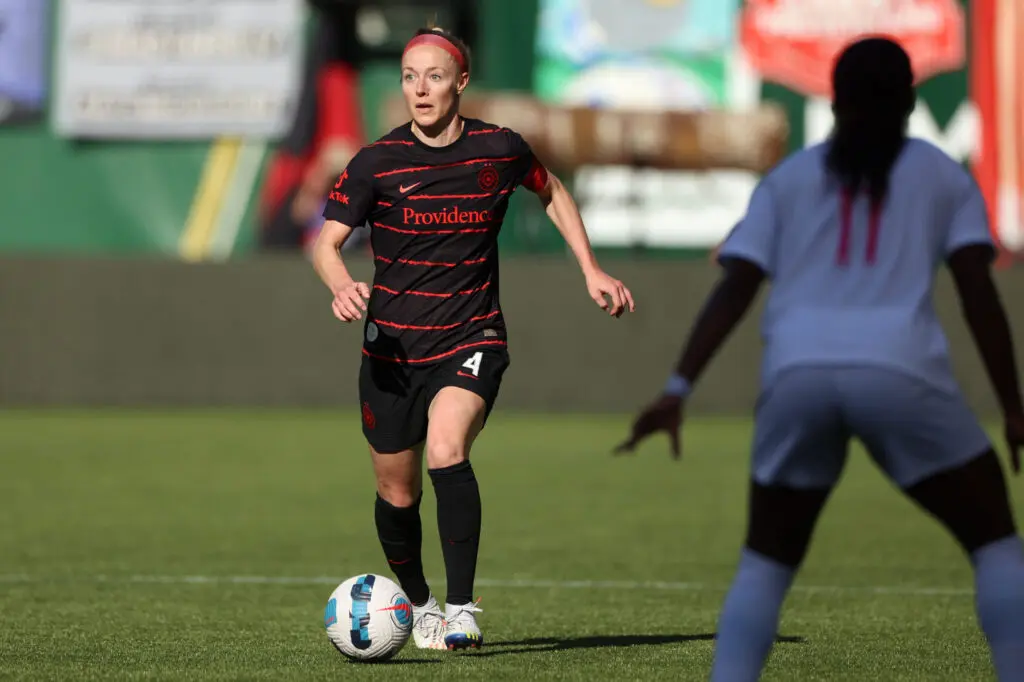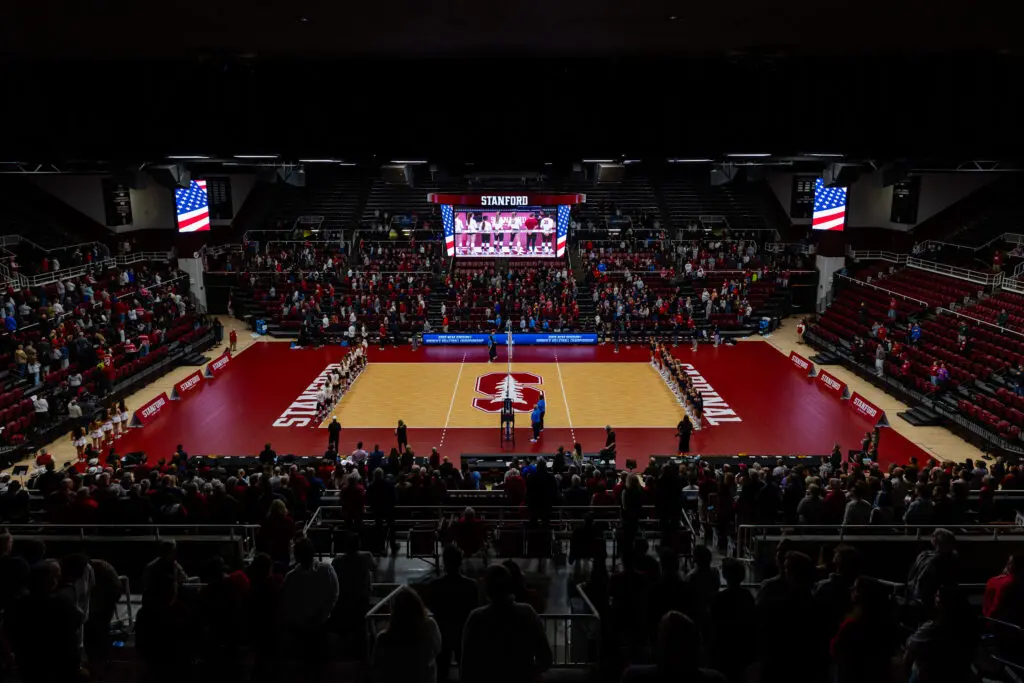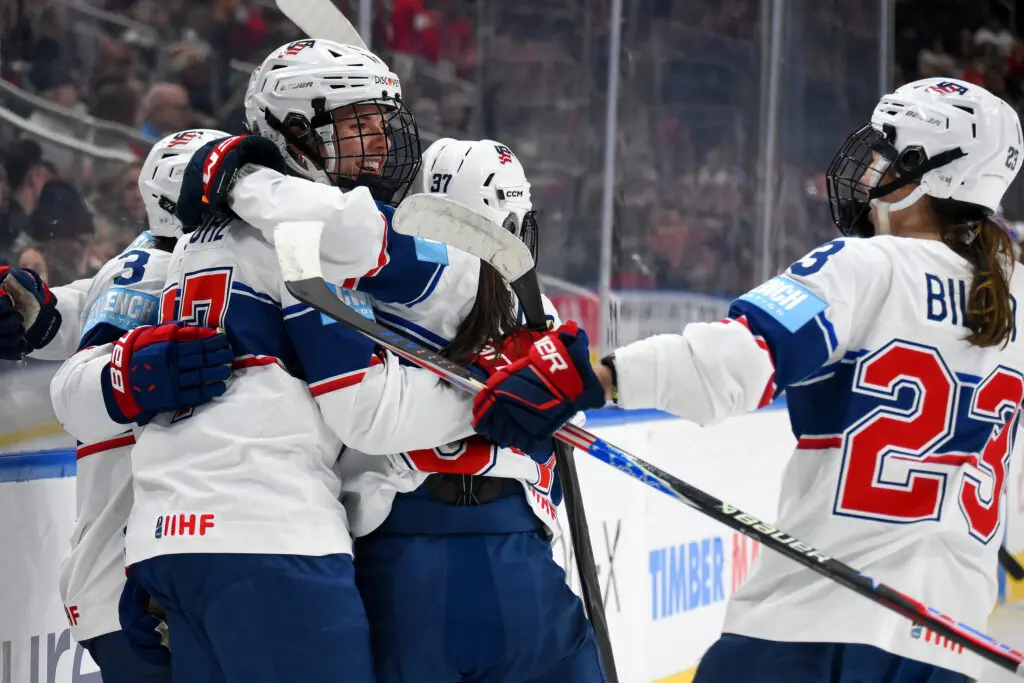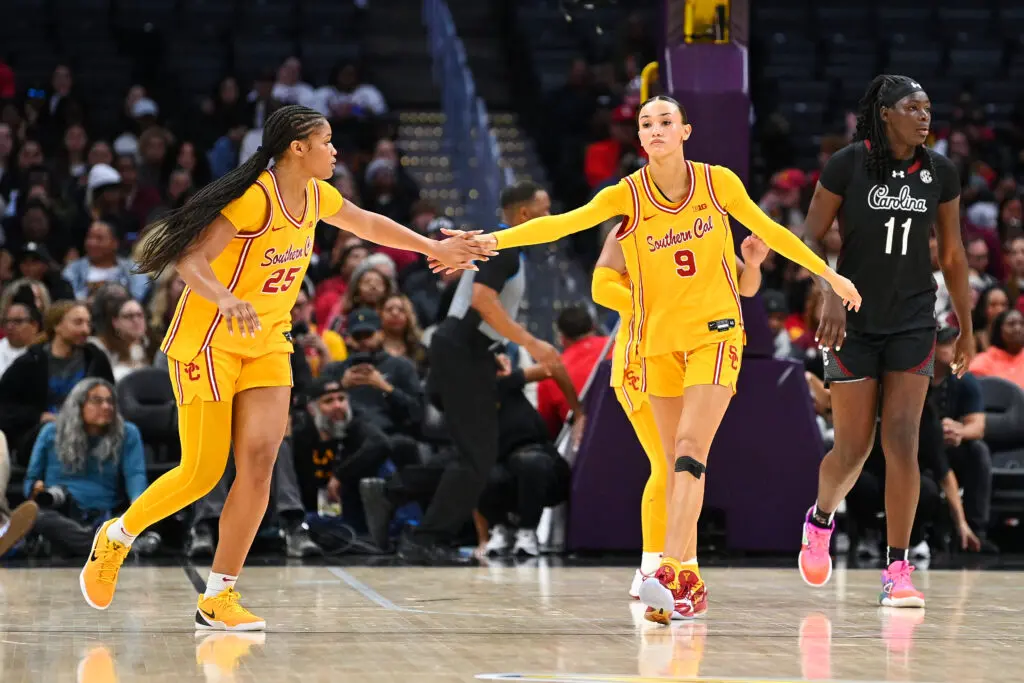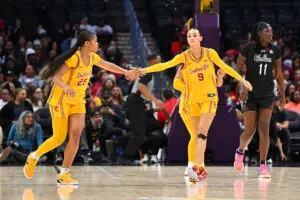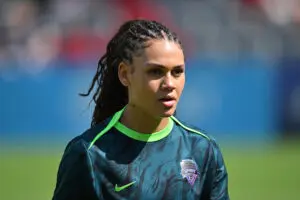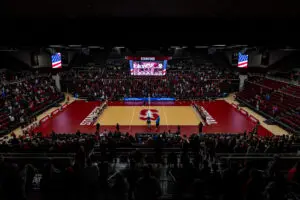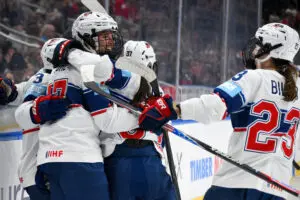WASHINGTON, D.C. — The way players on a soccer team are able to anticipate each other’s movements at times can seem like a melding of minds. In other instances, the labor of communication is obvious, as goalkeepers yell out to their backline during clearances and midfield leaders guide their teammates forward.
The Portland Thorns and the Kansas City Current have achieved a combination of both, with verbal and non-verbal communication techniques carrying them all the way to the 2022 NWSL Championship in Washington, D.C. on Saturday.
While both teams communicate at a high level, they differ in their approach. A number of Current players, for example, prefer intuitive movements that rely on team principles and non-verbal connections.
“As much as we try to communicate, sometimes having no answer is an answer enough,” defender Kristen Edmonds says.
Portland players like to problem-solve using check-ins during breaks in the game and clear commands in the heat of the moment. With each tactic, they give their teammates a full picture of what they are seeing on the field.
“The most important communication is the one that’s going to create the most damage,” Thorns defender Meghan Klingenberg says. “So if it seems like something’s going to happen, and it’s going to create big shockwaves, that needs to be the number one priority.”
While each team’s collective approach is not always the same, positionally things line up. There’s an inherent relationship between a player’s ability to see the whole field and responsibility to communicate, which means the hierarchy begins with the goalkeepers.
“Whether we need to make a tactical change, or I’m just seeing maybe a passing lane that’s been open a few times in a row, I try to take chances [to speak] when the game resets,” Thorns keeper Bella Bixby says.
Along the defense, Portland staggers its line of connectivity, with wide players speaking more to the wingers and center-backs communicating with the defensive midfielders. “My communication style is a lot of pointing,” Thorns defender Becky Sauerbrunn says, and center-back partner Kelli Hubly agrees: “When we all get quiet, then that’s when stuff is probably not going great.”
For Kansas City, body language along the backline is everything. “Non-verbal communication has been a big piece for us throughout the year in season,” Current keeper AD Franch says. “Your demeanor, the way in which you approach things, your movement on the ball, off the ball — those are all different types of communication.”

In the midfield, the ability to size up a full-team defense is paramount when you’re trying to force your opponent into turnovers. Kansas City midfielder Lo’eau Labonta quips that her communication style is “loud,” but specifically notes that she tries to help with pressing triggers, letting players in front of her know that she’s got them covered when they push forward.
“I need to hear voices, especially being in the middle of the park in a stadium that’s filled with 20,000 people,” teammate Desiree Scott says. “I need to hear the people around me to guide me.”
In the attack, most players pride themselves on being good listeners. With the breakneck speed of NWSL play, you often just have to trust what you hear from the players behind you. “As a center forward, you really don’t see a lot,” Thorns striker Sophia Smith says. “You check your shoulder, but you can only see so much.”
Forwards gesture whether or not they want the ball at their feet, but more often than not, a perfectly timed run hinges on the ability to read tendencies. To receive the ball, attackers have to turn back and watch play develop behind them, which can leave them vulnerable to challenges or turnovers.
“Obviously, we don’t have eyes in the back of our head, so it’s hard to know what’s going on around you at all times,” Current forward Elyse Bennett says. “So having people in the midfield behind me to kind of communicate where I can press or where I can put off angles is huge, because it saves me from looking behind myself all the time.”
Outside the lines, the managers try to make sure that their instruction isn’t heavy-handed. Thorns coach Rhian Wilkinson and Current coach Matt Potter each singled out one of the main barriers to communicating: crowd noise. Managers can try to project, but as attendance throughout the league rises, they have to pick their moments, including when to call players over to the sidelines for in-game instruction.
“Something maybe I wasn’t ready for as a female coach was — no one ever talked about it to me — it was how you strain your voice,” Wilkinson says, calling her attempts to shout from the coaches box “useless” as her voice disappears every game. “If they don’t want to come to the bench because of whatever reason, I trust their leadership to take care of it.”

Potter focuses on breaks in play and halftime, and when the noise gets too overwhelming, he relies on his team to problem-solve on their own. “We trust our players, and we try to give them as much autonomy to be the decision-makers as they possibly can,” he says.
Across the board, players agree that encouragement is as equally valuable as commands, especially as the clock winds down.
“If someone needs to press, I want to tell them that I’m with them so that they can go fully,” Hubly says. “Because when you hear someone behind you going, ‘Go, go, I’m with you,’ you’re going to be like, ‘OK, cool. I’m going to go as hard as I can.’”
“I’m big on energy,” adds Scott. “And I think that kind of encouragement really helps you continue on, especially when the momentum of the game can change.”
As both teams focus intently on their own processes, don’t expect much crosstalk on Saturday. Players say they don’t usually notice chatter from their opponent, outside of formational changes and negative emotions.
“I don’t hear [opponents],” Klingenberg says, “unless they’re being complete assholes to each other.”
“I only hear if they’re being negative towards each other,” Kansas City wingback Hailie Mace says. “I think that kind of lights a fire and I’m like, ‘Let’s go. We got into their heads.’”
Claire Watkins is a Staff Writer at Just Women’s Sports. Follow her on Twitter @ScoutRipley.
